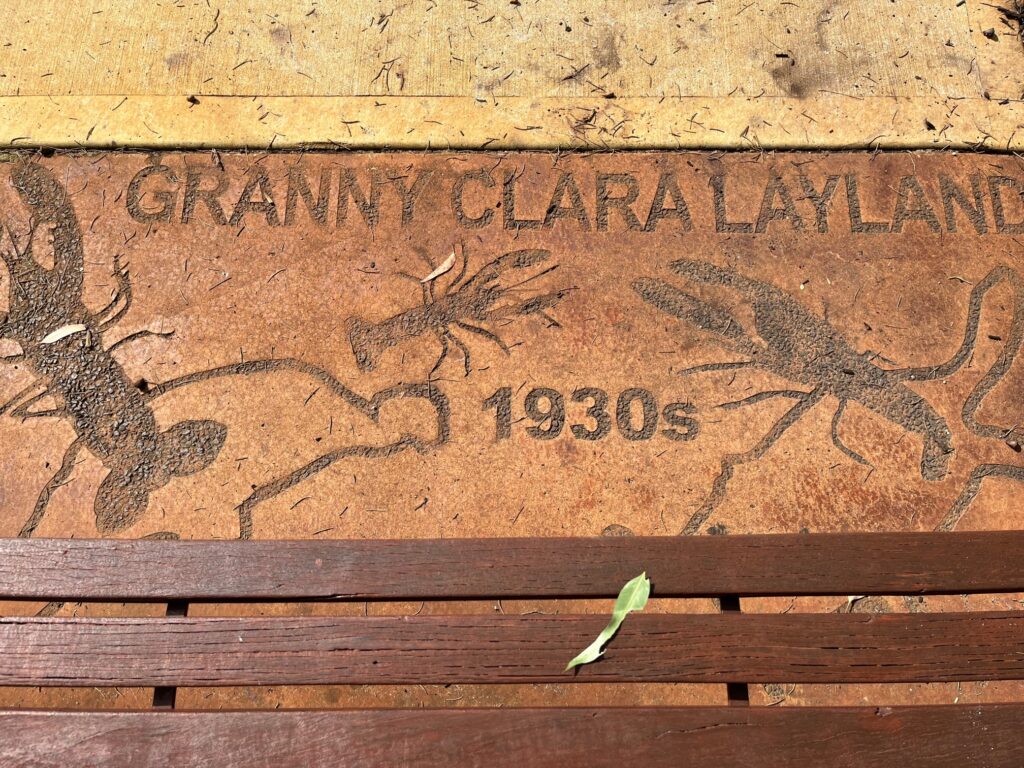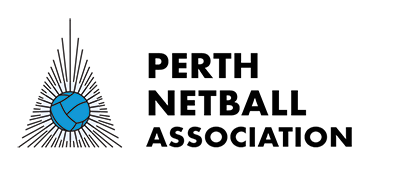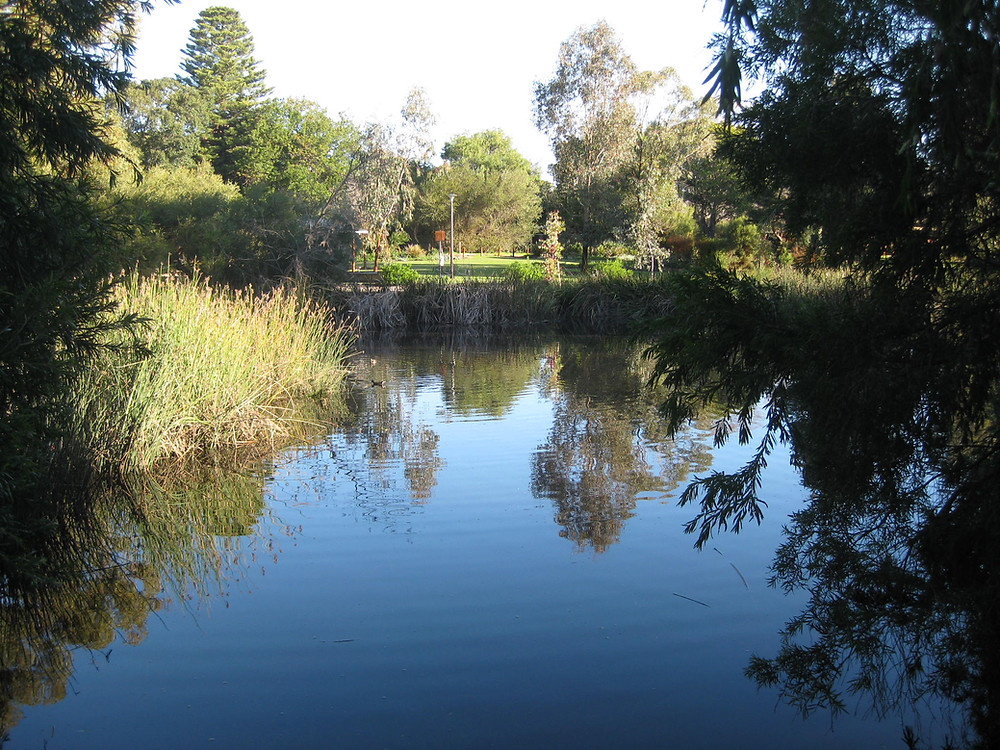Jolimont Swamp, now Mabel Talbot Park
Yellagonga’s Group
The land around Subiaco and Jolimont – including the present-day location of the Matthews Netball Centre – was part of the Mooro territory occupied by Yellagonga’s group. Like others in Noongar society, Yellagonga’s family lived and moved across their land according to the seasons; utilising their knowledge of the land to travel by well-known pathways from watering holes to campsites and gathering places.
The interlinking lakes and wetlands in Perth’s north and west, as well as the freshwater springs and sites along the Swan River foreshore to Crawley, play an immensely significant role in Noongar creation stories of the Waakarl or Waugal. The waterways were essential to people’s survival; providing freshwater, plenty of crabs, shell fish, frogs, turtle and fowl in the lakes and swamps, bush food such as wild roots and fruits, and edible gum and animals like lizards and snakes. Crawley Bay (Matilda Bay), Dyson’s Swamp (Shenton Park Lake, now Lake Jualbup) and Jolimont Swamp (now Mabel Talbot Park) were all hunting and gathering places and some remained Aboriginal camps well into the twentieth century.
White Settlement
Within only a few years of the Swan River Colony being established, the life of the Noongar people was irrevocably impacted. Relationships with land were all but destroyed when family groups left their homelands either by force or by encroaching white settlement. In 1836, only 28 people were named as belonging to Yellagonga’s community.
The settlers, with their houses, fences and roads, their crops and their animals, took over the land and stopped access to traditional hunting and gathering places. A herdsman by the name of Joseph Perry grazed cattle at Jolimont swamp and the land was later subdivided and named “Jolimont Estate”. The white settlers were supported by laws that placed draconian measures on Aboriginal people. Aboriginal children were removed from their parents and sent to assimilation camps at places like Moore River.
Daglish Granny
At Jolimont Swamp (Mabel Talbot Park), a freshwater spring located to the south-west of the lake was the permanent camp of Mrs Clara Layland, known to Noongars as ‘Daglish Granny’, a Noongar elder and custodian of knowledge. Up to the mid twentieth century, other Aboriginal people also stayed in this area because of the close proximity of a water and food supply, and perhaps to listen to the stories of Daglish Granny.

A plaque dedicated to Clara Layland or “Daglish Granny” at Mabel Talbot Park.
Sources:
“Subiaco Thematic History Framework”, Kristy Bizzaca
“That Was My Home: Voices From The Noongar Camps in Fremantle and the Western Suburbs”, Denise Cook



